Are Cactus Plants Edible – Learn About Types Of Edible Cacti
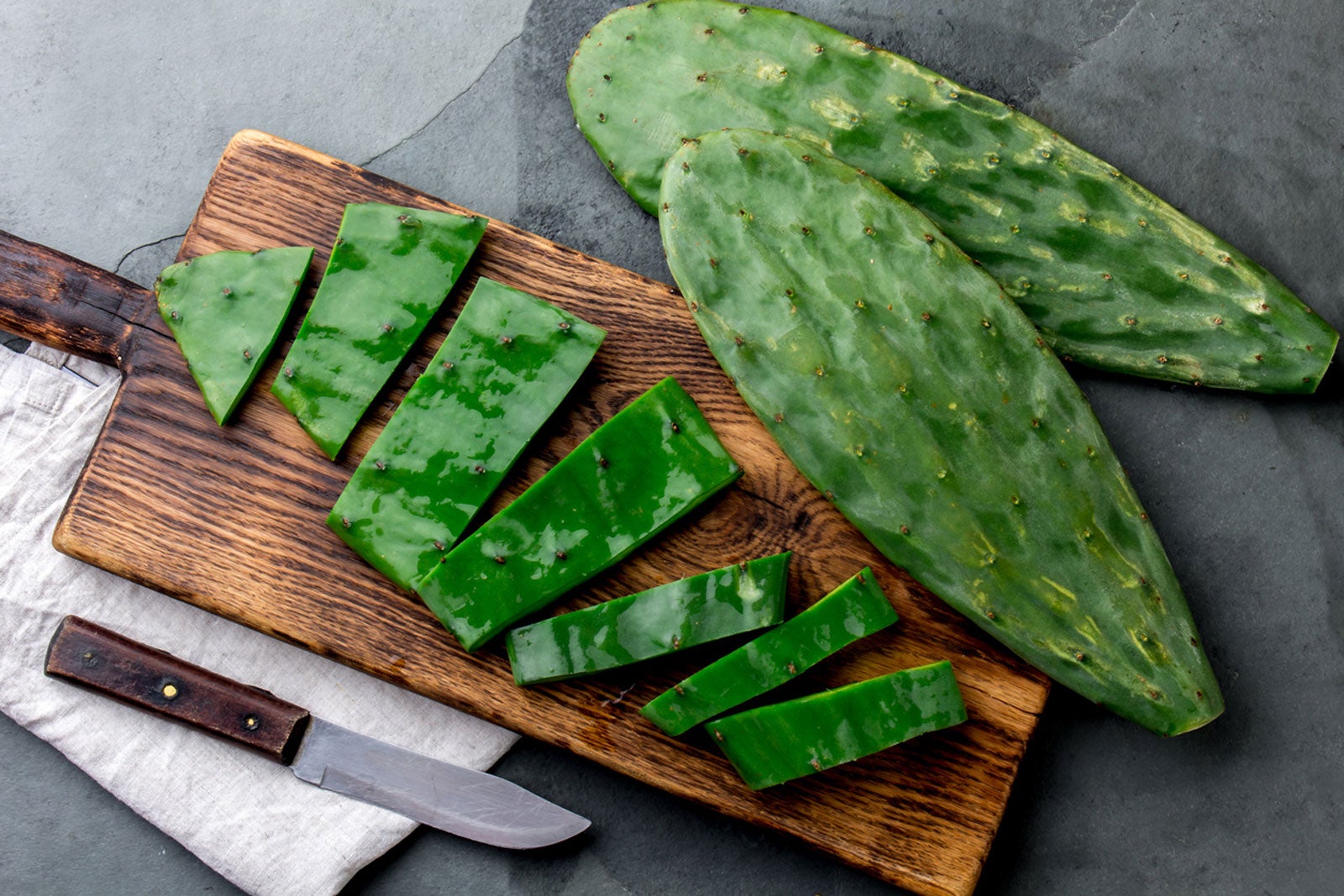

There are many wild foods available to grow and gather but sometimes it’s hard to know which ones. Some are obvious, like wild apples or berries, but can you eat a cactus?
If you live in the Southwest (or even other parts of the U.S.), you may have spotted something in the produce section called "nopales.” These are the pads of the prickly pear cactus and have been a food source to native people of the area. Looking around at all the flora in the genera, edible cactus plants make up just a fraction, but they do exist.
Are Cactus Plants Edible?
Amazingly, there are many types of edible cacti, although you may have to do some work to remove the spines. Wild gatherers may wonder, "is eating cactus dangerous?" As with any wild foraging, you must know what is safe and how to prepare your native foods.
Apparently, all the fruits of a true cactus are safe to eat, however, many need special preparation or even need to be cooked. The flavors range from fruity, sweet, and bland into the range of bitter and intolerant. Native inhabitants of cactus ranges had to figure out which were edible plants and which were best left alone.
Succulent plants like the agave have provided food from its leaves for thousands of years. Not only are they full of necessary moisture, but the leaves can be roasted for a variety of purposes. The indigenous people combined these types of plant-based food sources with hunting and cultivation to round out a balanced diet.
Is Eating Cactus Dangerous?
Most cacti species are not poisonous, but some do taste rather terrible. Harvesting any edible parts would have been strenuous and hardly worth the work for such unpleasant food sources. Several, though, are noted food stock and still used today.
In arid, warm regions there are many types of edible cacti to add to your landscape. You may find options available in Latin groceries and even specialty supermarkets. Nopales, especially, are common both fresh and canned. Even the prickly pear "tunas" (or fruits) exist in many ethnic groceries.
Gardening tips, videos, info and more delivered right to your inbox!
Sign up for the Gardening Know How newsletter today and receive a free copy of our e-book "How to Grow Delicious Tomatoes".
What Cacti to Plant for a Foraging Garden?
Now that we've answered the question, "are cactus plants edible," you need to know what the best varieties are for adding into your garden. Even northern gardeners can take heart, as many of these can withstand short periods of freezing. Some options for an edible cactus garden are:
- Prickly pear – A prickly pear is a classic with both edible pads and fruit.
- Barrel cactus – One having tasty fruits that resemble tiny pineapples is barrel cactus.
- Agave – While technically a succulent, you can roast the tough leaves of agave or juice the plant for a delicious drink or sweetener.
- Cholla cactus – The flowers of cholla cactus carry high amounts of calcium.
- Peruvian apple – Use Peruvian apple fruit as you would any apple; the crunch is delicious.
- Dragon Fruit cactus – Brightly colored dragon fruit cactus has juicy fruits with a flavor resembling a melon.
- Organ Pipe cactus – Organ pipe cactus has large fruits edible both raw and cooked.
Most species in the Opuntia genus have edible fruits and Saguaro have members with edible parts too. Before wild harvesting, check locally to ensure your target foods are not protected plants.
Disclaimer: The content of this article is for educational and gardening purposes only. Before using or ingesting ANY herb or plant for medicinal purposes or otherwise, please consult a physician, medical herbalist, or other suitable professional for advice.

Bonnie Grant is a professional landscaper with a Certification in Urban Gardening. She has been gardening and writing for 15 years. A former professional chef, she has a passion for edible landscaping.
-
 Looking For Plants To Give You The Soft And Fuzzies? Try These 5 Fuzzy Leaf Plant Options
Looking For Plants To Give You The Soft And Fuzzies? Try These 5 Fuzzy Leaf Plant OptionsLovers of texture, drama, silver foliage and tactile plants will adore these special sensory garden additions. These fuzzy leaf plant options will leave you all aglow
By Susan Albert
-
 Get Ready For A Summer Of Hummers! Grow These Full Sun Hummingbird Plants and Flowers
Get Ready For A Summer Of Hummers! Grow These Full Sun Hummingbird Plants and FlowersIf you’re lucky enough to enjoy a sunny backyard, make sure you are maxing out on your pollinator opportunities and grow these full sun hummingbird plants and flowers
By Tonya Barnett
-
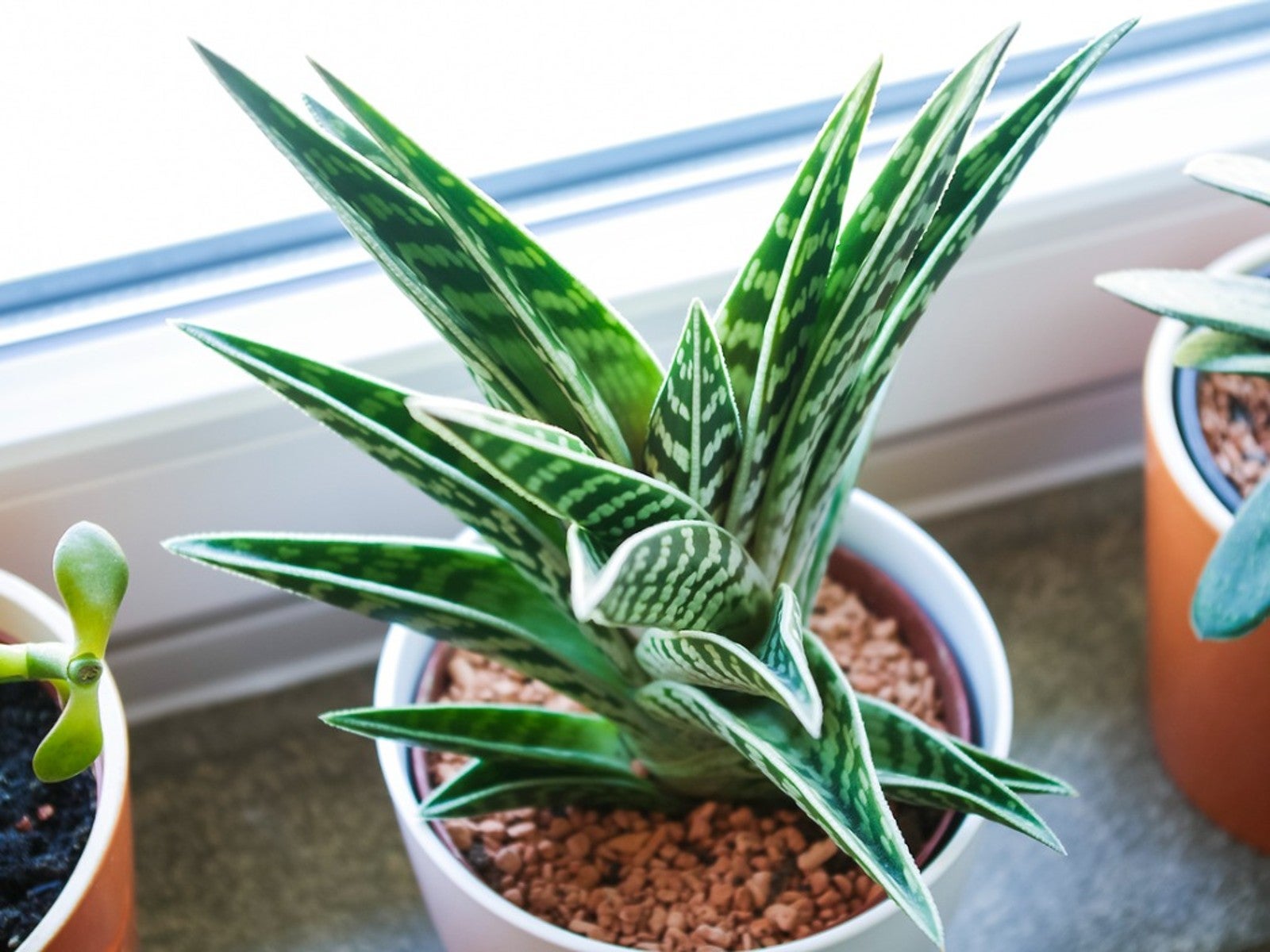 Variegated Succulents To Add To Your Plant Collection
Variegated Succulents To Add To Your Plant CollectionRead about some of the pretty variegated species that add beauty and interest to your succulent collection.
By Becca Badgett
-
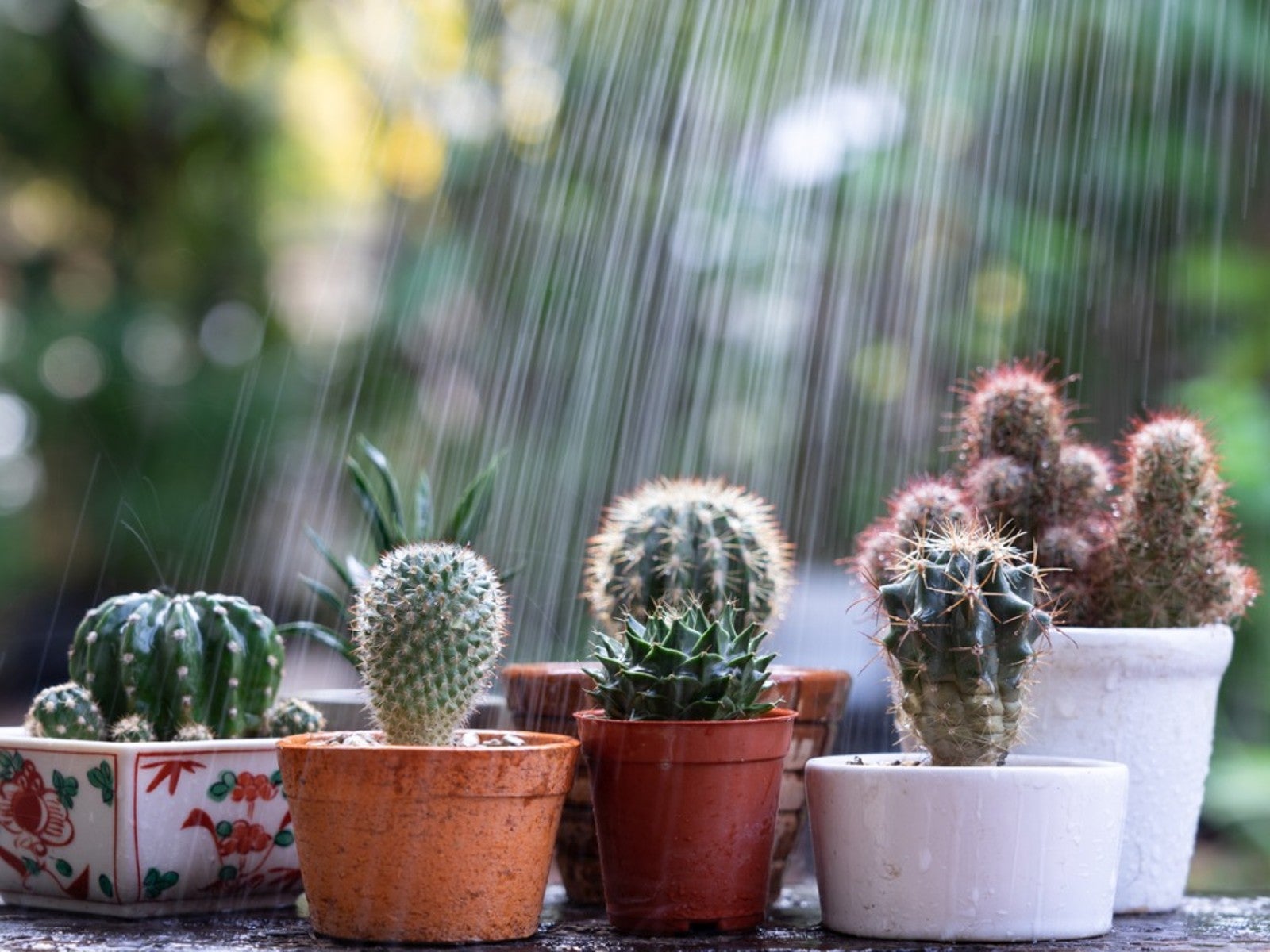 How To Protect Succulents And Cacti From Rain
How To Protect Succulents And Cacti From RainRain has the potential to cause damage to our cacti and succulents. However, when planted in proper soil, rainfall may perform as just a deep watering. Read on for more.
By Becca Badgett
-
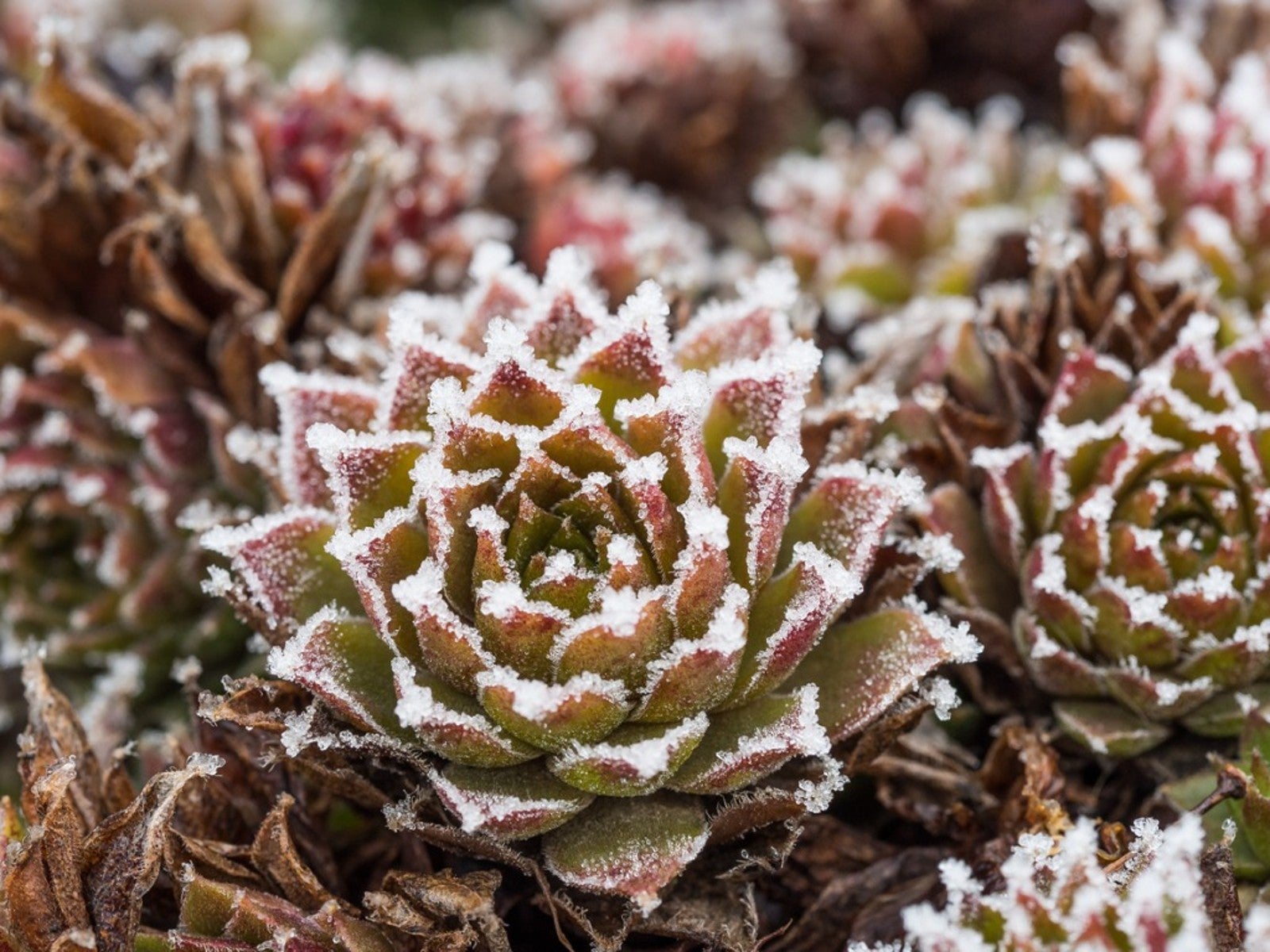 Succulents and Frost: How To Save A Succulent From Frost Or Freeze
Succulents and Frost: How To Save A Succulent From Frost Or FreezeCan succulents withstand cold? Succulents and frost don't traditionally go together and can result in damage, but you may be able to save frozen succulents.
By Bonnie L. Grant
-
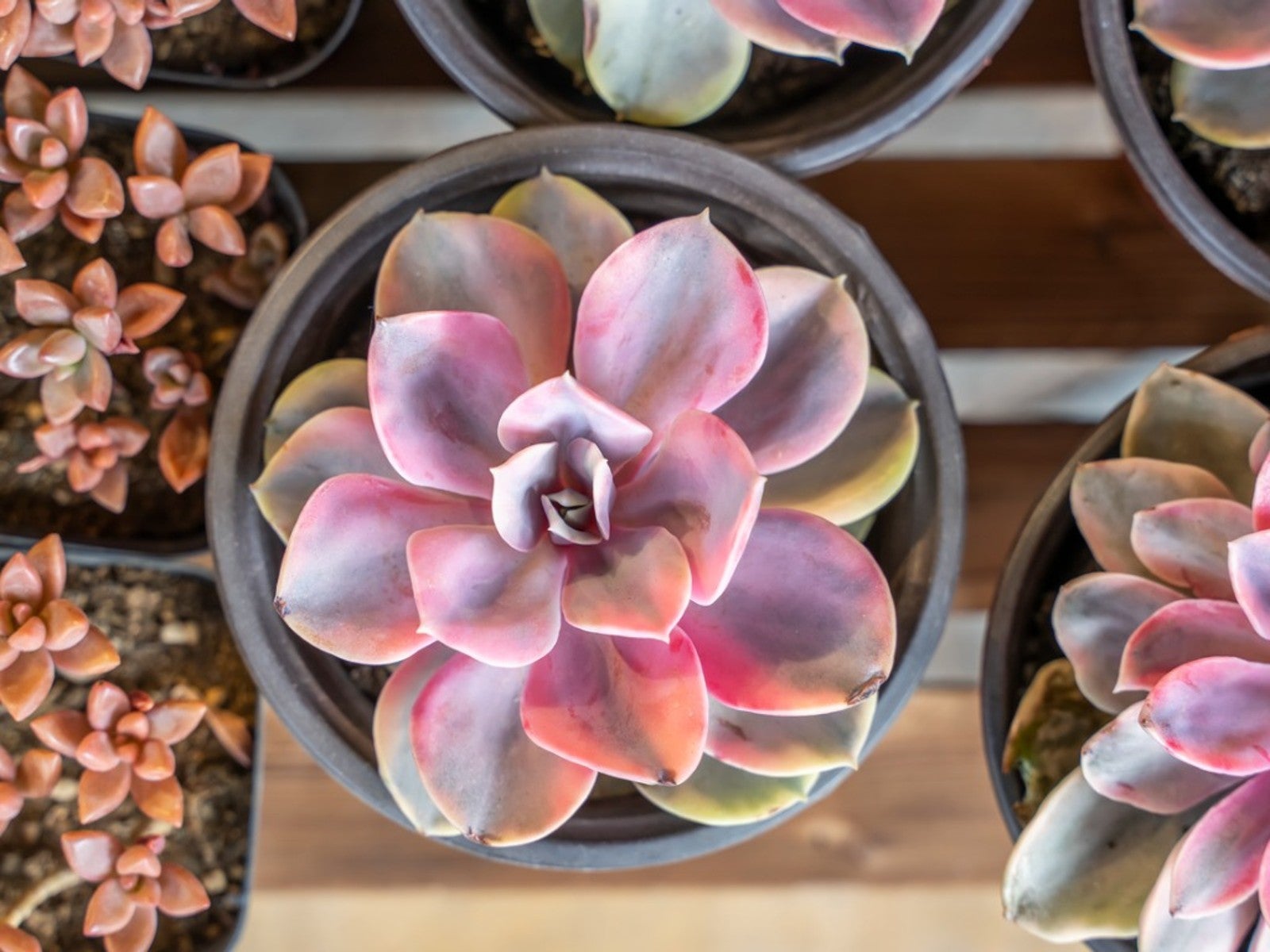 Pink Succulents Varieties To Try: How To Grow Perfect Pink Succulent Plants
Pink Succulents Varieties To Try: How To Grow Perfect Pink Succulent PlantsPink succulents may display the color on leaf edges or with streaks or blotches mingled throughout the foliage. Here are our favorites.
By Becca Badgett
-
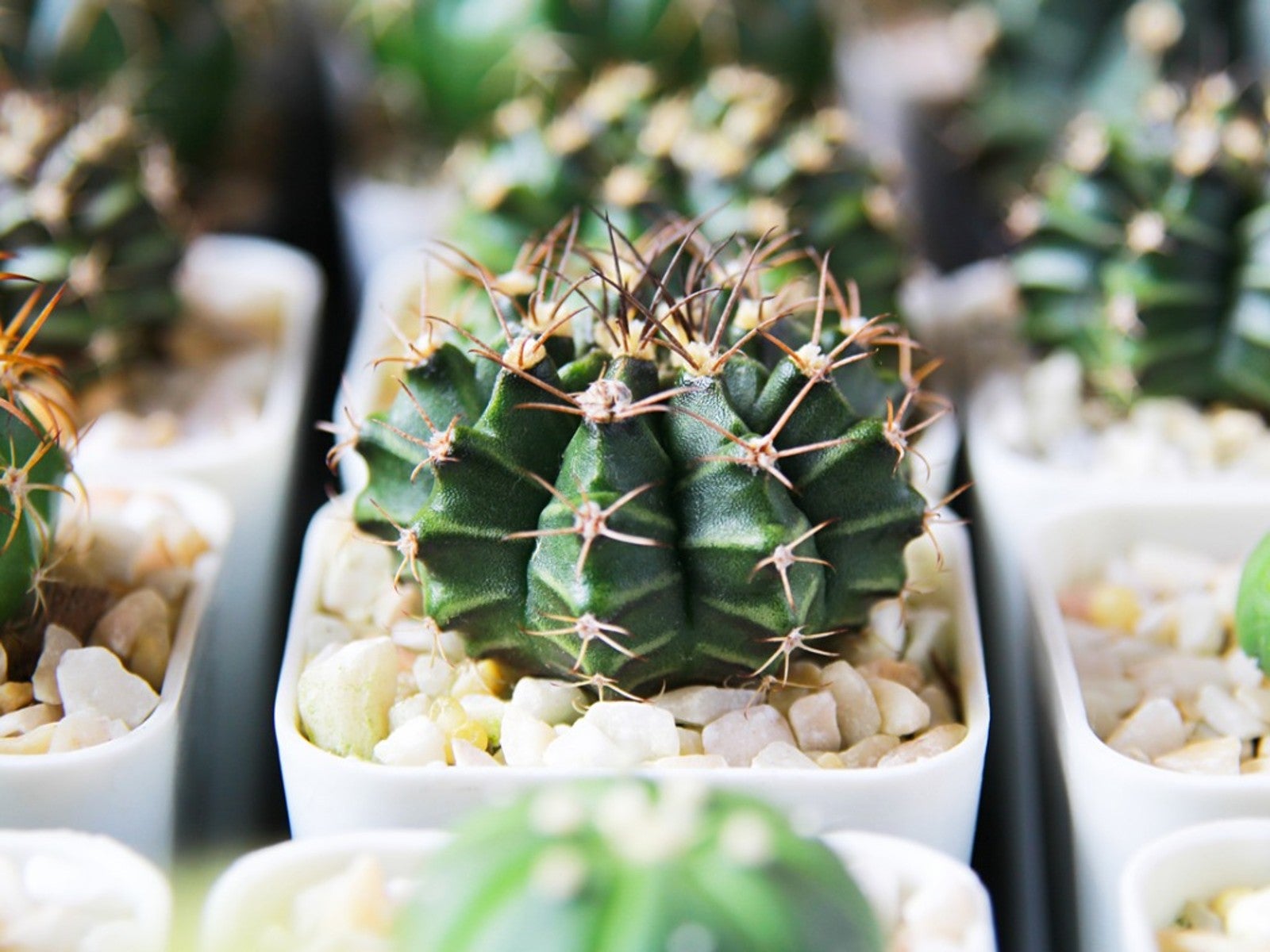 10 No Fuss Cacti - What’s The Best Low Maintenance Cactus
10 No Fuss Cacti - What’s The Best Low Maintenance CactusIf you’re thinking of adding plants to your collection, consider no fuss cacti. Click here for an easy cacti list, even for beginners.
By Becca Badgett
-
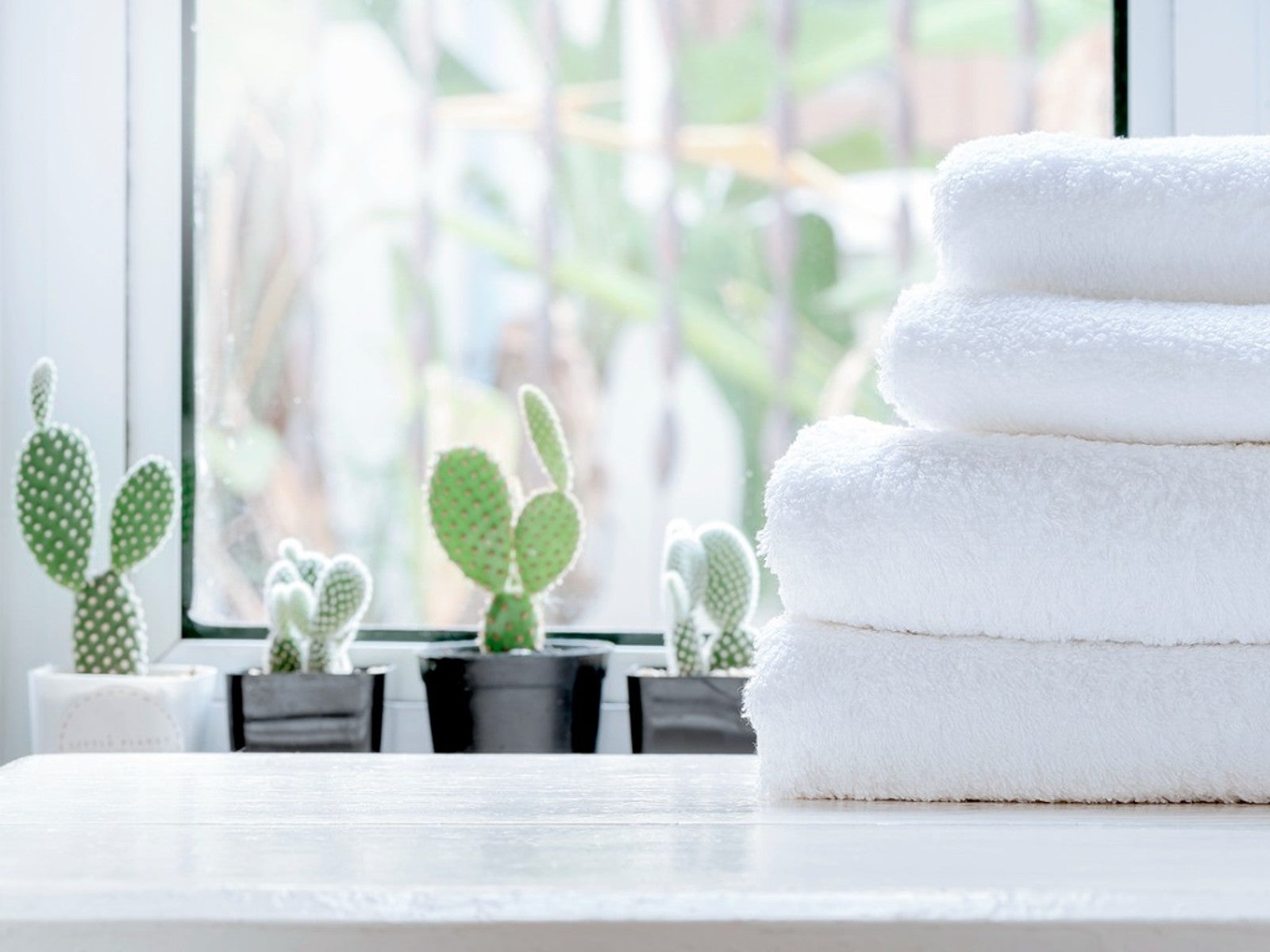 5 Best Succulents For A Bathroom
5 Best Succulents For A BathroomSome succulents can be great options for bathroom decoration. Read on for our top five bathroom succulent ideas.
By Becca Badgett
-
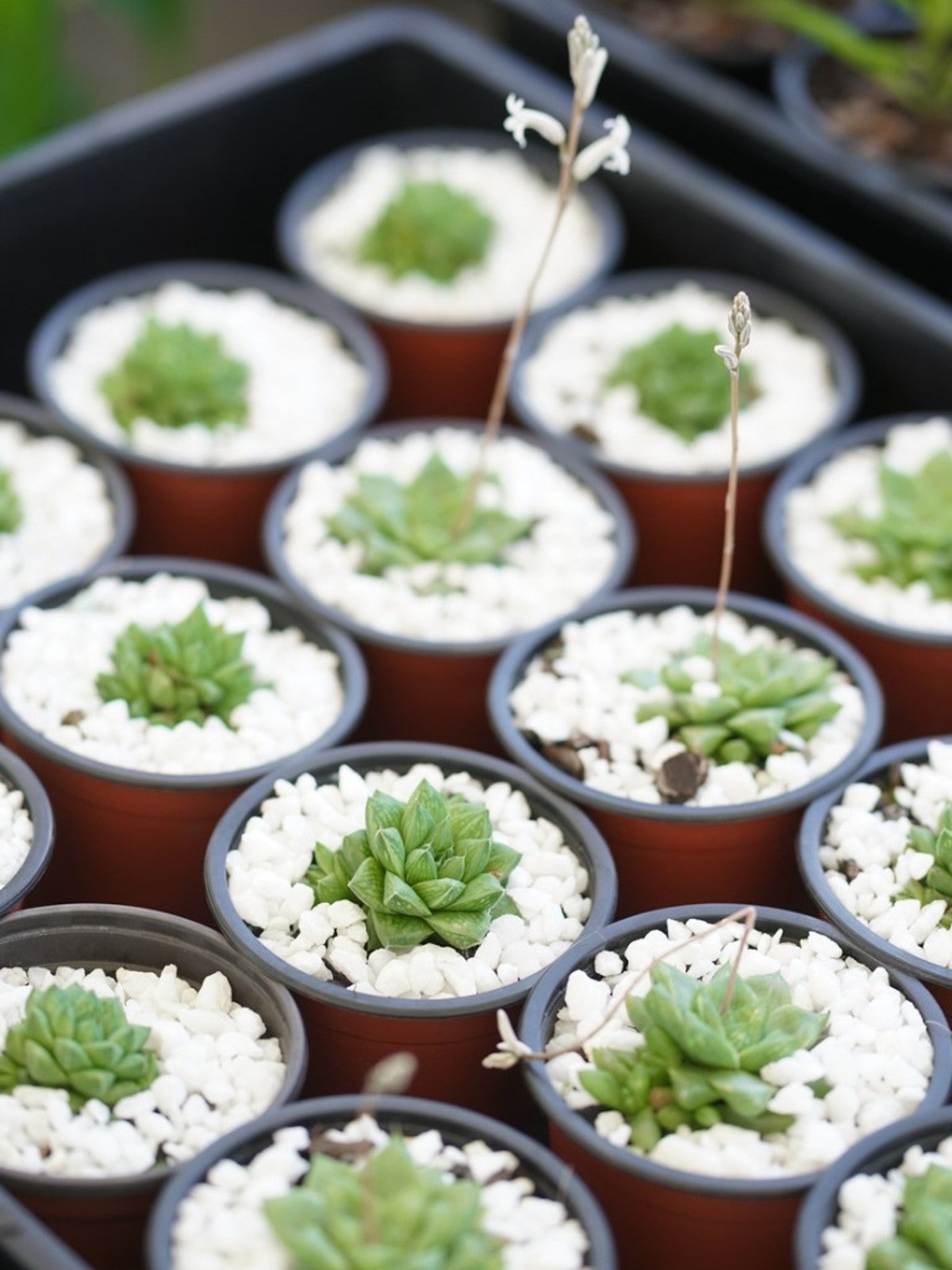 What Is A Succulent Starter Kit - Best Succulent Starter Kits
What Is A Succulent Starter Kit - Best Succulent Starter KitsWhile garden kits are not the most inexpensive option for growing succulents, they do include everything you’ll need. Grow succulents from seed by using a succulent seed starter kit to learn the process and to check your results.
By Becca Badgett
-
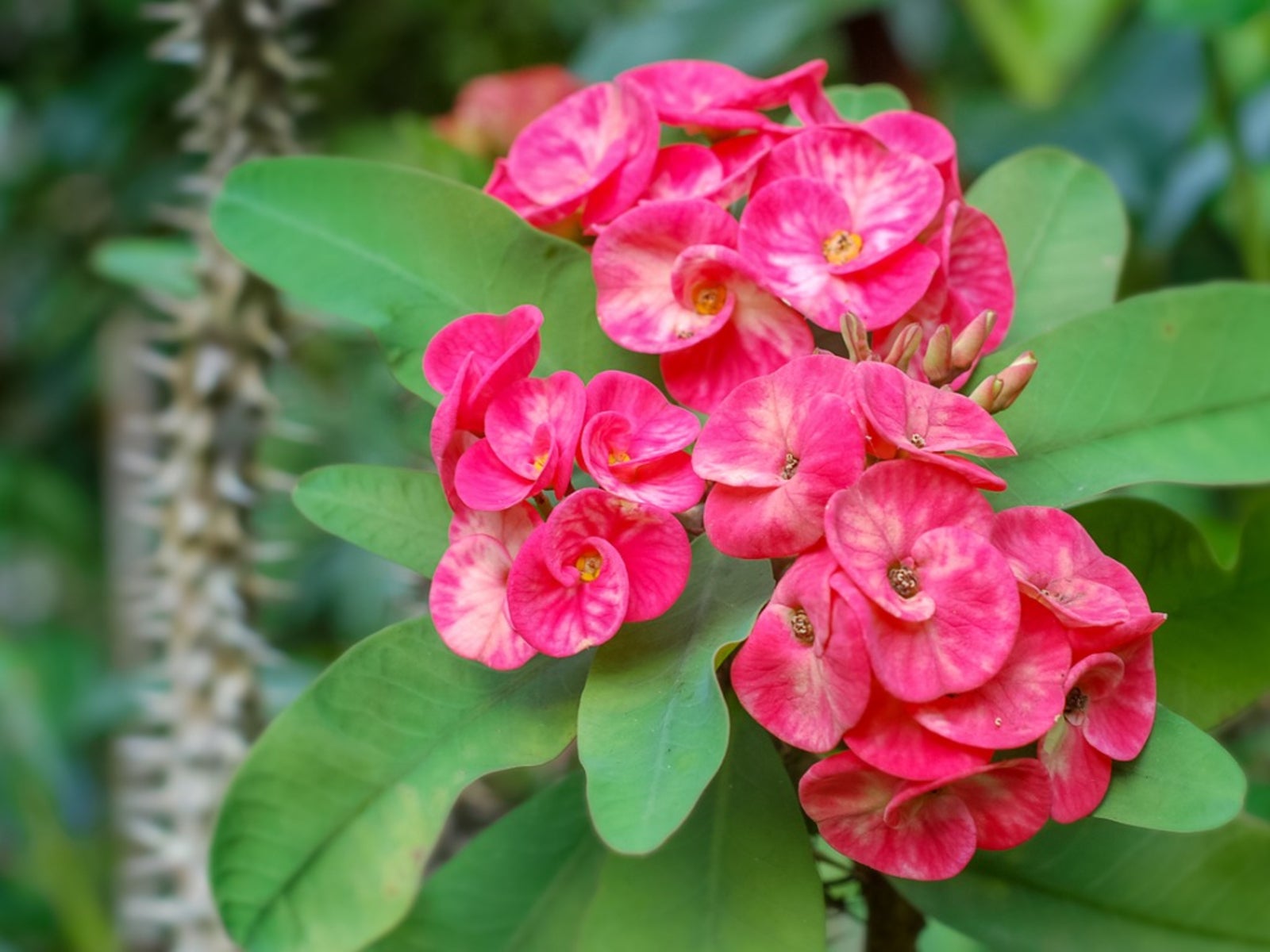 Dazzling Succulents - Succulents With Striking Flowers
Dazzling Succulents - Succulents With Striking FlowersWhen you think of succulents you may just envision their unique leaves and stems. But succulents also produce bright and bold flowers in the right conditions. Read on to learn more.
By Bonnie L. Grant